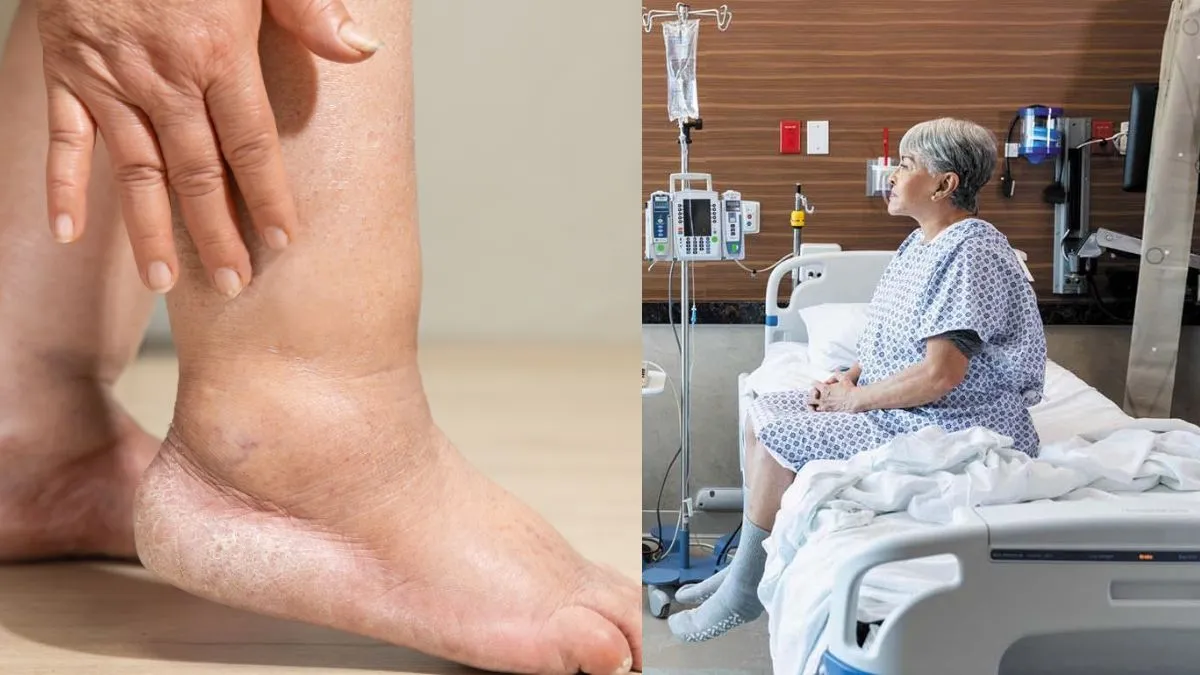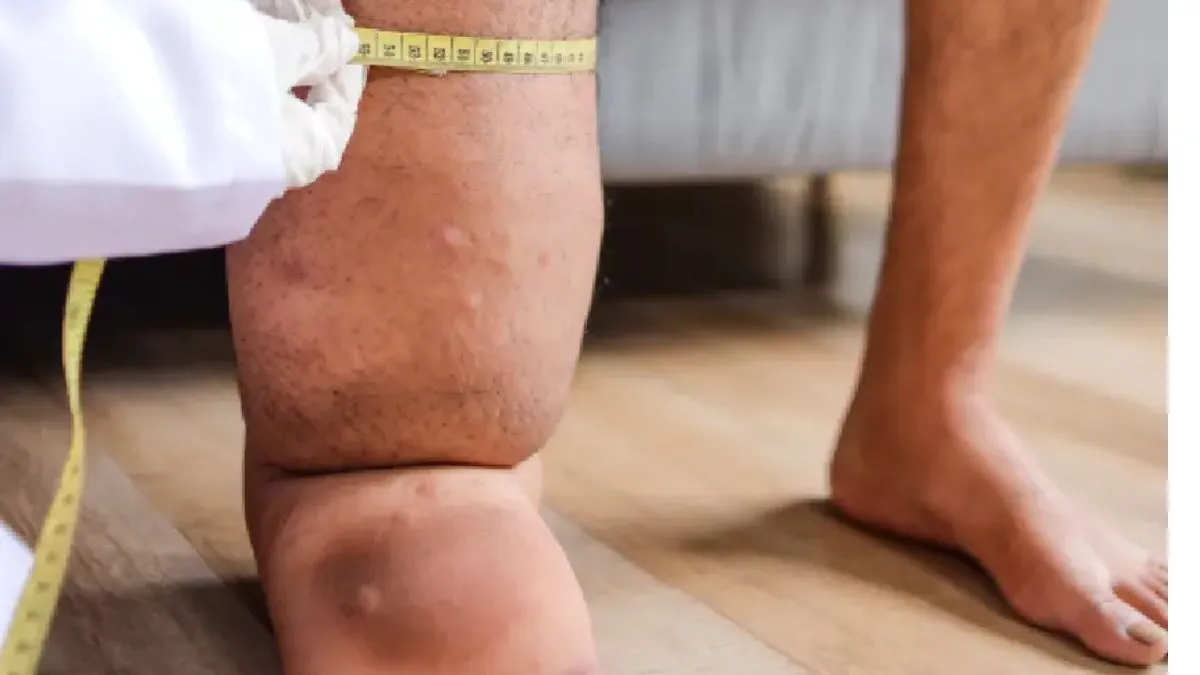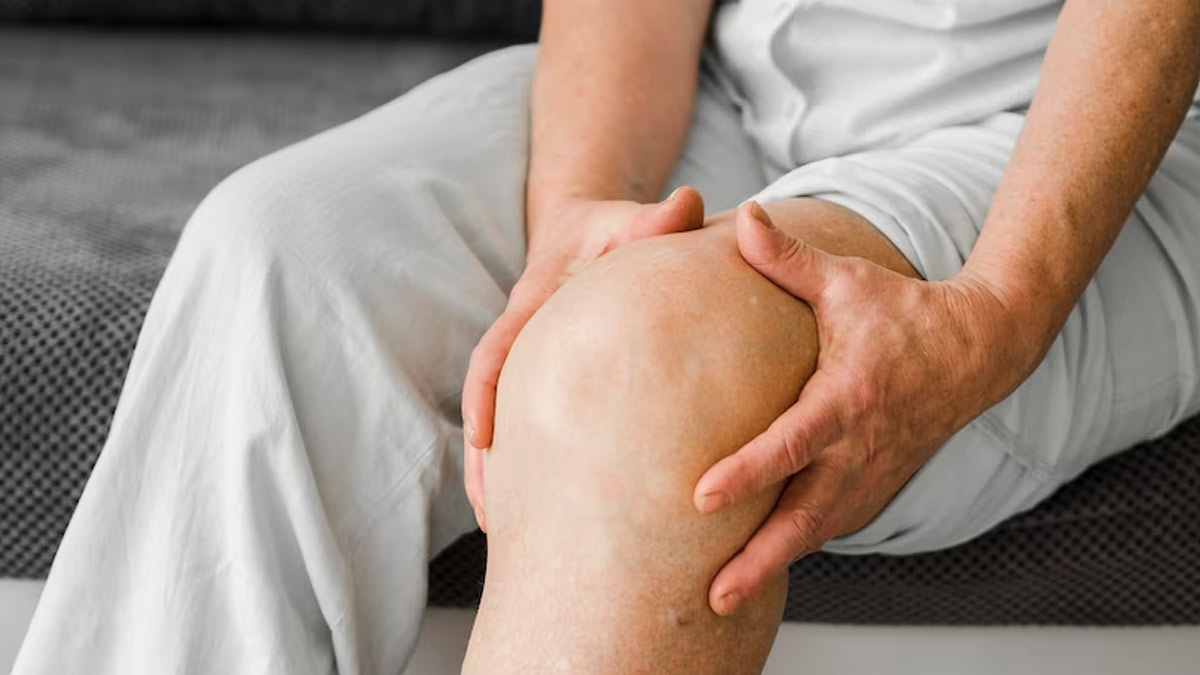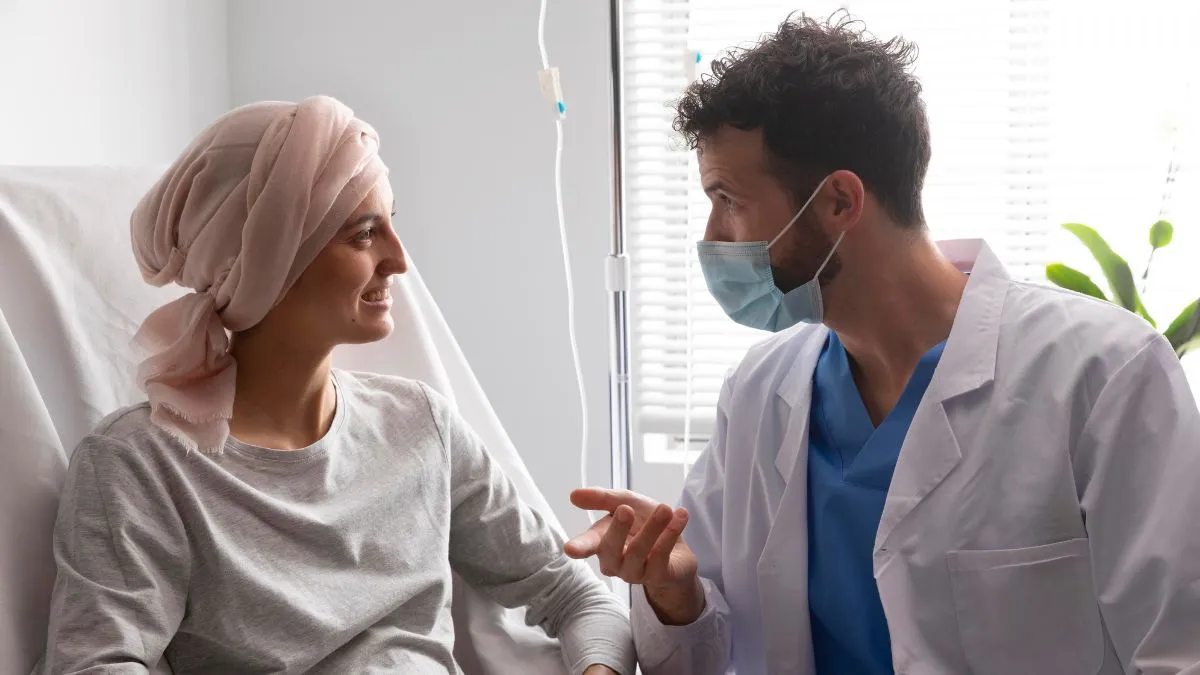
Lymphedema can feel like an invisible burden to many cancer survivors. It’s a condition that causes swelling in arms, legs, or other areas and often sneaks up after treatments that save lives. With more people living longer after treatment, attention is shifting to the late effects of cancer care. One such late effect is Lymphedema, a condition marked by swelling in the limbs or other parts of the body. Understanding
Table of Content:-
But why does this stubborn swelling show up after cancer therapy? Read ahead to know as Dr G Manokaran, Plastic Surgeon & Lymphologist at Apollo Spectra Hospitals, Chennai, breaks it down and shares what every patient and caregiver should know.
What Is Lymphedema and Where Does It Occur?![]()
“Lymphedema is an accumulation of lymph in the tissues of your arm, leg, neck, face or other locations that usually causes swelling,” says Dr Manokaran. The swelling is often most obvious in the arm after breast or other cancers are treated, but it can affect almost any part of the body, depending on the cancer location.
Key facts:
- Swelling happens when lymphatic fluid builds up in tissues.
- Most common in the arms and legs, but possible anywhere with lymph nodes.
ALSO READ: Cellulitis In Summer: Expert Explains Why Skin Infections Spike In Lymphedema Patients
How Cancer Treatments Cause Lymphedema![]()
Dr Manokaran explains, “Lymphedema of the arm is mainly caused by axillary treatment of breast or other cancers, which then causes damage to the lymphatic system.” Here’s how cancer treatment can lead to lymphedema:
- Surgery with lymph node removal (especially block dissection)
- Radiation therapy directed at lymphatic drainage areas
- Chemotherapy drugs that can damage lymphatic vessels and nodes
According to Dr Manokaran, the problem happens because “Cancer surgery itself is an extensive procedure involving the lymphatic and the lymph nodes. After irradiation, it destroys more lymphatics. Post-chemotherapy can also destroy the lymph nodes, all these can cause lymph oedema in cancer patients.”
ALSO READ: Can Training Slow Cancer Growth? What the Latest Study Found
Who Is at Risk of Developing Lymphedema?
This condition can show up any time after cancer treatment, but Dr Manokaran notes, “Lymphedema can develop at any time—it usually starts in the first few years after treatment, often within three to five years.” He further shares, “up to 33% of post-cancer patients develop some level of lymphedema.” According to him, women tend to be affected more than men, but it occurs in both. The swollen area depends on where the cancer and treatment occurred—breast, head and neck, cervix, prostate, or limb cancers.
Research supports these figures. For example, a study of cancer-related lymphedema found a pooled prevalence of about 30% in breast cancer survivors. Another 2024 study reported lymphedema incidence across various cancers, ranging from 2% to 74%, depending on cancer type and treatment.
What Does Lymphedema Feel Like?![]()
Early symptoms are usually mild or subtle. “Its onset is subtle and not very noticeable. You may only have some unusual sensations at first, such as tingling in your arms or legs. Other early symptoms include heaviness, aching, and fluctuating swelling,” shares Dr Manokaran.
Main symptoms:
- Swelling (commonly starts in the forearm, upper arm, or whole arm)
- Tingling or heaviness
- Aching or discomfort, especially after using the limb
- Swelling may reduce at night and return during daytime activity
- Lymphedema can slowly progress, getting worse and harder to manage if left untreated.
Why Is Lymphedema More Common In Cancer Patients?![]()
Dr Manokaran says, “These post-cancer lymphedemas occur more commonly in patients where surgical lymph node excision (block dissection) is done along with cancer clearance surgery, radiotherapy and chemotherapy.”
- Cancer therapies disrupt the body’s normal lymphatic drainage
- Surgical block dissections are a major risk factor
- Radiation and chemotherapy add to the cumulative risk
What Can Be Done?
Dr Manokaran says, “Once you understand the link, surgery, lymph-node removal, radiotherapy, you stay vigilant. Early detection and simple preventive steps go a long way.” While lymphedema may not be fully reversible in all cases, early action helps:
- Regular monitoring after cancer treatment (especially in the first 3-5 years)
- Educating patients about symptoms and risk factors
- Encouraging physical activity, gentle limb movement and skin care
- Avoiding injury or infection in vulnerable limbs
- Use of compression garments, manual lymph drainage and therapy where needed
ALSO READ: Is Your Swelling Lymphedema? How to Tell and What to Do Next
Conclusion
Lymphedema following cancer treatment is a serious but often misunderstood condition. As Dr G Manokaran makes clear, it develops when the lymph-drainage system is damaged often in the course of treatment for cancers like breast, head & neck or cervical. Recognising early signs, understanding the risk, and taking proactive care can help survivors live more comfortably and fully. Knowledge here is empowerment and can make all the difference.
Also watch this video
Read Next
Tamil Nadu Leads Nation as First State to Provide Free Cervical Cancer Vaccine for Girls Under 14
How we keep this article up to date:
We work with experts and keep a close eye on the latest in health and wellness. Whenever there is a new research or helpful information, we update our articles with accurate and useful advice.
Current Version
Oct 28, 2025 13:09 IST
Published By : Vivek Kumar



